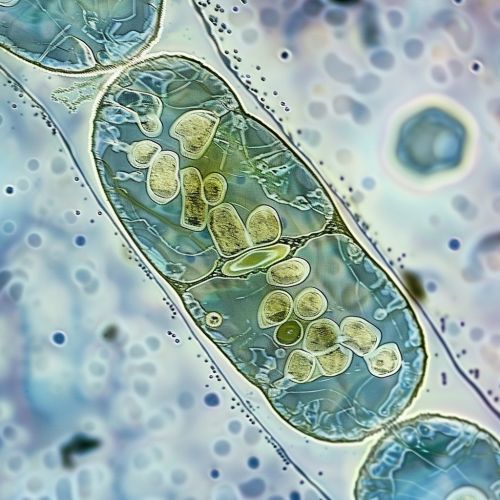Electron shuttle
Introduction
The electron shuttle is a term used in biochemistry to describe the process by which electrons are transferred from one molecule to another. This process is crucial in various cellular functions, particularly in the production of energy through cellular respiration and photosynthesis. The electron shuttle system plays a pivotal role in the electron transport chain, a series of protein complexes embedded in the mitochondrial or chloroplast membranes.


Biochemical Significance
The electron shuttle system is a key component of the metabolic process, as it facilitates the transfer of electrons from electron donors to electron acceptors. This process is essential for the production of adenosine triphosphate (ATP), the primary energy currency of the cell. The electron shuttle system is also involved in the detoxification of reactive oxygen species, thereby preventing cellular damage.
Electron Donors and Acceptors
In the context of the electron shuttle system, electron donors are molecules that have lost one or more electrons, while electron acceptors are molecules that have gained one or more electrons. The most common electron donors in cellular respiration are NADH and FADH2, which are produced during the citric acid cycle. The primary electron acceptor in the electron transport chain is molecular oxygen (O2), which is reduced to water (H2O) at the end of the process.
Electron Transport Chain
The electron transport chain is the final stage of cellular respiration, where the majority of ATP is produced. It is a series of protein complexes located in the inner mitochondrial membrane that transport electrons from NADH and FADH2 to oxygen. The flow of electrons through these complexes creates a proton gradient across the membrane, which drives the synthesis of ATP through a process known as chemiosmosis.
Role in Photosynthesis
The electron shuttle system also plays a crucial role in photosynthesis, the process by which plants, algae, and some bacteria convert light energy into chemical energy. During photosynthesis, light energy is used to excite electrons in chlorophyll molecules. These excited electrons are then transferred through a series of electron carriers in the thylakoid membrane, a process that ultimately leads to the production of ATP and NADPH, two essential molecules for the Calvin cycle, the second stage of photosynthesis.
Conclusion
The electron shuttle system is a fundamental aspect of cellular metabolism, playing a crucial role in both energy production and detoxification processes. By facilitating the transfer of electrons between molecules, it enables cells to harness the energy stored in nutrients and convert it into a form that can be used for various cellular functions.
